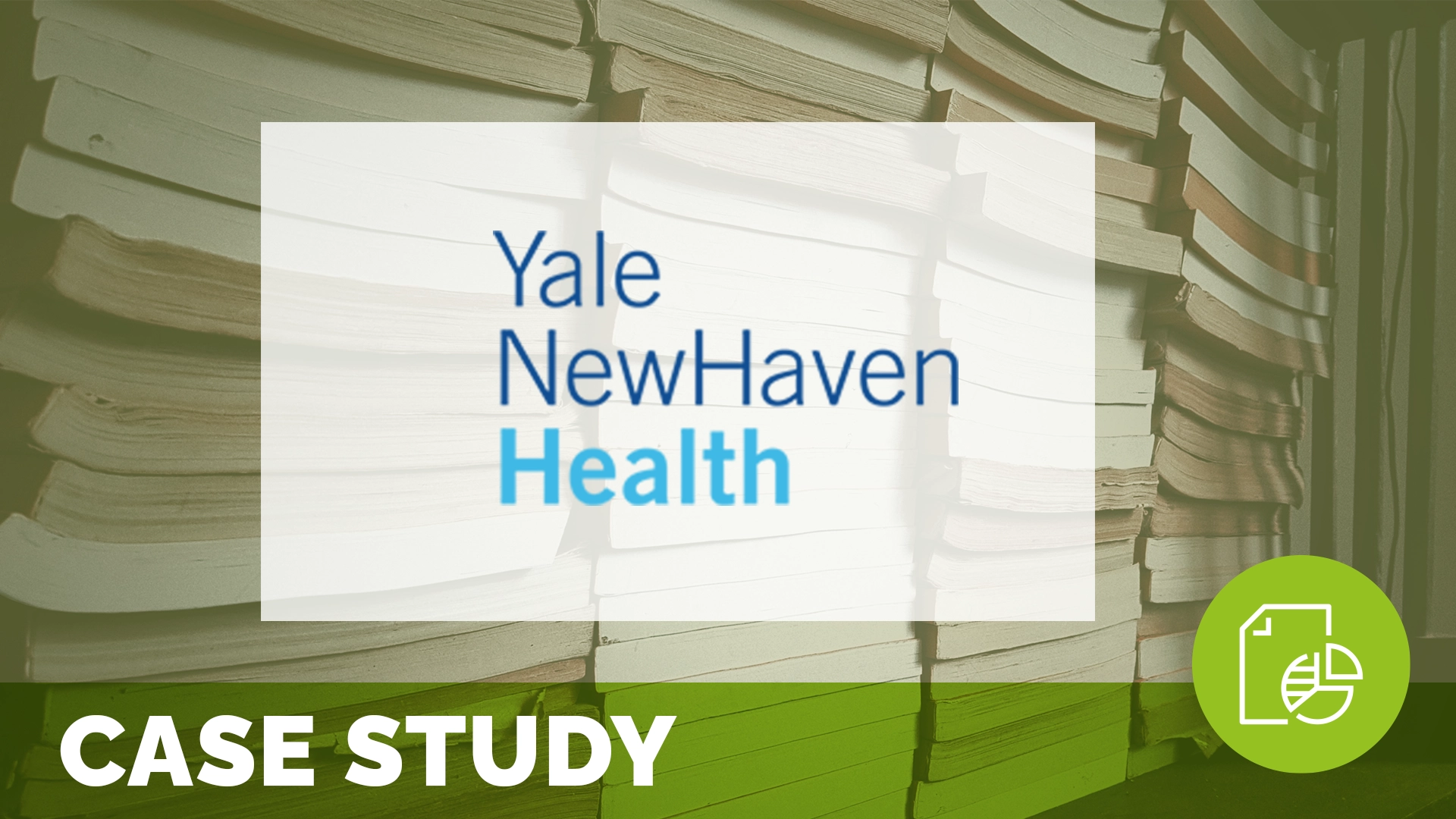Aligning the Work of Patient Relations: The Value of an Operating Manual

In this case study from Yale New Haven Hospital System, learn how the creation of an Operating Manual for all Patient Relations Departments across their health system aids in setting expectations for staff in quality, safety and experience. Initial outcomes from the new manual include higher compliance rates in case documentation and greater clarity around operational policies, empowering staff to confidently handle the navigation of issues.
Related content
-
 Patient Family & Community Engagement
Patient Family & Community EngagementElevating Pediatric PX: Culture, Champions & the Power of Parent Advisors Episode Summary
This episode explores the evolution of a pediatric Patient Experience. Dive into core values, shared ownership, and practical strategies for building trust, driving change, and creating meaningful experiences for children, families, and staff.
Learn more -
 Culture & Leadership | Patient Family & Community Engagement | Staff & Provider Engagement
Culture & Leadership | Patient Family & Community Engagement | Staff & Provider EngagementPX Chat: Leading with Pride – Navigating Patient Experience in Today’s Political Climate
2pm ET / 1pm CT / 12pm MT / 11am PT – Join us for a special PX Chat hosted by The Beryl Institute, created specifically for members and allies of the LGBTQ+ community working in patient experience. This virtual gathering is a dedicated space to connect, reflect, and support one another as we navigate
Learn more -
 Patient Family & Community Engagement
Patient Family & Community EngagementThe patient ombudsperson’s experience of patient partnership and mutual understanding of rights
Mutual understanding between the patient and the healthcare professional can be considered a key factor of a positive patient experience in the care relationship. Mutual understanding can be promoted through patient partnership, which, in this personal and professional narrative, the author (a patient ombudsperson, known as patient ombudsman, and researcher of patient experience) describes as
Learn more
